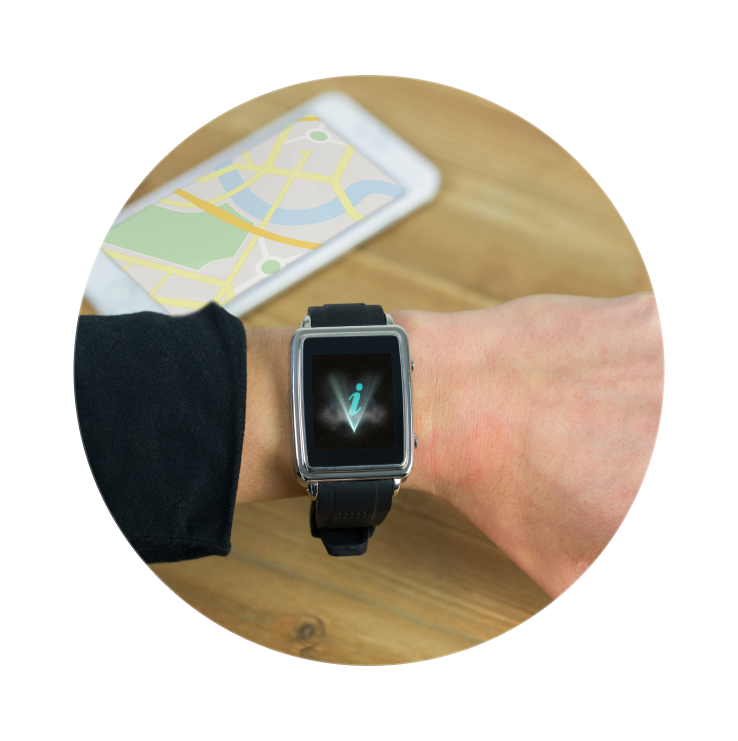Aspiring data scientists often face a crucial decision: should they learn R or Python? Both languages are widely used in the data science community, each with its own strengths and weaknesses. The best choice depends on your career goals, background, and the type of data science work you want to pursue. Let’s explore the key differences to help you make an informed decision.
1. Overview of R and Python
R
- Designed for statistical computing and data visualization.
- Widely used in academia, research, and data analysis.
- Has powerful libraries like ggplot2, dplyr, and caret.
- Ideal for complex statistical modeling and exploratory data analysis.
Python
- A general-purpose programming language with applications in data science, machine learning, and beyond.
- Known for its simplicity and readability, making it beginner-friendly.
- Has robust libraries like pandas, NumPy, scikit-learn, TensorFlow, and PyTorch.
- Preferred for large-scale machine learning, AI, and automation.
2. Comparing R and Python for Data Science
| Feature | R | Python |
|---|---|---|
| Ease of Learning | Moderate | Easy |
| Statistical Analysis | Strong | Good |
| Machine Learning & AI | Limited | Excellent |
| Data Visualization | Excellent (ggplot2, Shiny) | Good (Matplotlib, Seaborn) |
| Community Support | Strong | Stronger |
| Scalability | Moderate | High |
| Use in Industry | Academia, research, finance | Tech, AI, business analytics |
3. When Should You Choose R?
- If your focus is on statistics, academic research, or bioinformatics.
- When you need high-quality data visualization and statistical modeling tools.
- If you work in finance, healthcare, or social sciences where R is commonly used.
4. When Should You Choose Python?
- If you want to work in AI, deep learning, or large-scale machine learning.
- When scalability and automation are key (e.g., working with big data or deploying models into production).
- If you aim for a software development career alongside data science.
5. Why Not Learn Both?
Many data scientists use both R and Python, depending on the task at hand. Learning the basics of both can make you more versatile and open more job opportunities.
Conclusion
If your goal is to become a data scientist, Python is generally the better choice due to its versatility, ease of learning, and dominance in machine learning and AI. However, if your work is heavily statistics-focused, R might be the preferred option. Ultimately, the best approach is to start with the language that aligns with your career goals and industry demands.

